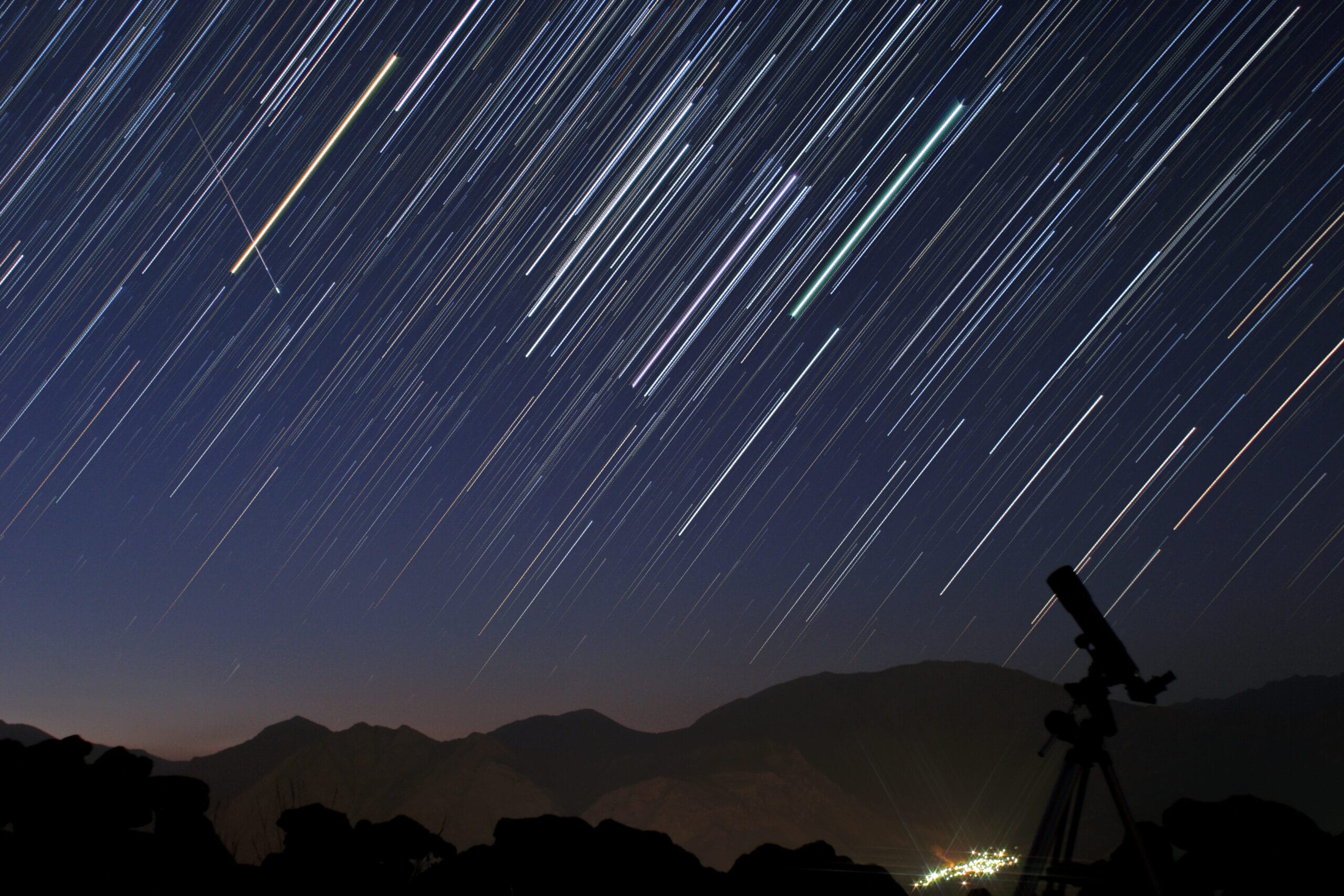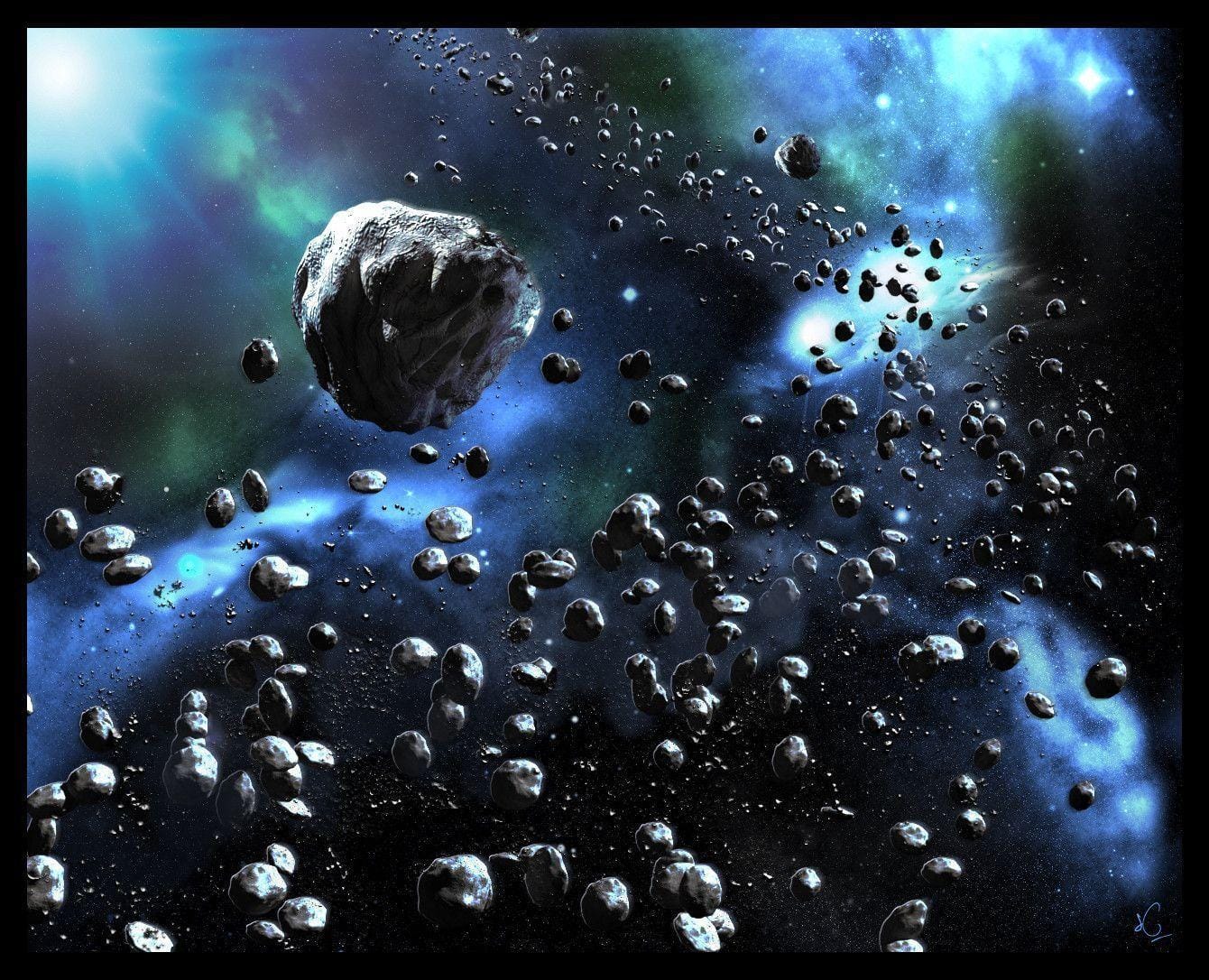The Quadrantids meteor shower is one of the most anticipated astronomical events of the year, captivating stargazers and casual observers alike with its vibrant displays. In 2025, this meteor shower will reach its peak activity during the first week of January, offering a spectacular opportunity for enthusiasts to witness one of the year’s first celestial spectacles. This article aims to guide you through the process of catching the Quadrantids, ensuring you make the most of this unique experience.
The Quadrantids meteor shower is characterized by its sharp bursts of meteors, which can appear as bright streaks across the night sky. The shower is active from late December through early January, but it is during the peak that the most meteors are visible. In 2025, the peak is expected to occur on the night of January 3 into the early hours of January 4. During this time, observers can expect to see up to 120 meteors per hour under optimal conditions.
To prepare for viewing the Quadrantids, it is essential to find a suitable location. The best spots for meteor watching are those that are far away from city lights, where light pollution can obscure the visibility of meteors. National parks, rural areas, and open fields are ideal choices. If you live in an urban area, consider traveling to a nearby location that offers a darker sky. Additionally, ensure that you have a clear view of the northeastern horizon, as the radiant point of the Quadrantids lies in the constellation Boötes.
Timing is crucial for catching the Quadrantids. The meteors are best viewed after midnight, with the most intense activity typically occurring in the pre-dawn hours. This is when the sky is darkest and the number of visible meteors is at its peak. It is advisable to arrive at your chosen viewing location well before midnight to allow your eyes to adjust to the darkness. This adjustment period is essential, as it can take up to 30 minutes for your eyes to become fully adapted to low light conditions.
When preparing for your meteor-watching experience, consider bringing along some essentials to enhance your comfort and enjoyment. A reclining chair or blanket can make lying back to gaze at the sky more comfortable. Dress warmly, as January nights can be quite cold, especially in areas with high elevation. A thermos filled with a warm beverage can also add to the experience, allowing you to stay cozy while you watch for meteors.
While watching for meteors, it is important to be patient. The Quadrantids can produce bursts of activity followed by quieter periods. During these lulls, take the opportunity to enjoy the beauty of the night sky, which is filled with stars and other celestial phenomena. If you are interested in astronomy, consider bringing a star chart or an astronomy app to help identify constellations and planets that may be visible.
Photography enthusiasts may also want to capture the moment. While it can be challenging to photograph meteors due to their fleeting nature, long-exposure techniques can yield impressive results. A camera with manual settings, a sturdy tripod, and a wide-angle lens are recommended for capturing the night sky. Experimenting with exposure times and ISO settings can help you find the right balance to capture both the meteors and the stars.
In addition to the meteors themselves, the Quadrantids are associated with the asteroid 2003 EH1, which is believed to be the source of the shower. This connection adds an interesting layer to the experience, as observers can appreciate not only the beauty of the meteors but also the science behind their origin.
For those who may not be able to observe the Quadrantids in person, various online platforms and observatories often provide live streams of meteor showers. These broadcasts can offer a way to enjoy the spectacle from the comfort of your home, ensuring that everyone has the opportunity to witness this celestial event.
In conclusion, the Quadrantids meteor shower in January 2025 presents a wonderful opportunity for stargazers to experience one of the year’s most impressive astronomical events. By choosing a dark location, timing your viewing for the pre-dawn hours, and preparing for the cold, you can maximize your chances of witnessing a stunning display of meteors. Whether you are a seasoned astronomer or a casual observer, the Quadrantids offer a chance to connect with the wonders of the universe.



